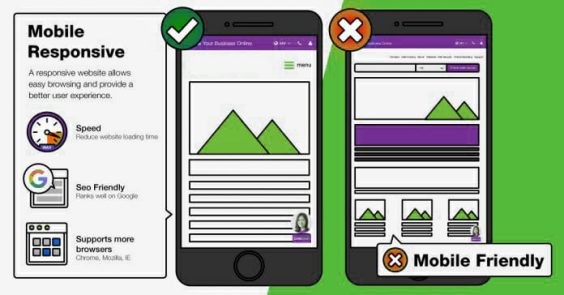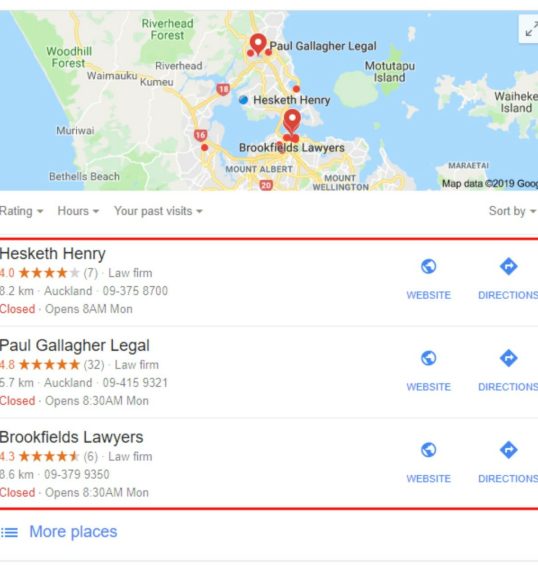Photo by Clker-Free-Vector-Images on Pixabay

In the ever-changing world of search engine optimization (SEO), it’s crucial to stay up to date with the latest techniques that align with search engine guidelines. One such approach is known as white hat SEO. Unlike its unethical counterpart, black hat SEO, white hat SEO focuses on ethical practices that prioritize long-term results and provide value to users. In this comprehensive guide, we will delve into the contemporary definition of white hat SEO, explore its significance, and uncover the nine most crucial techniques that will lead to sustainable success in the ever-evolving landscape of SEO.
Quick Summary
- White hat SEO refers to strategies that adhere to search engine rules by focusing on providing value to users and prioritizing long-term results.
- White hat SEO techniques are less risky and provide more value over the long term.
- Some effective white hat SEO techniques include creating quality content that matches search intent, optimizing pages for mobile, and building quality backlinks.
What is White Hat SEO?
White hat SEO encompasses all techniques that operate within the rules and expectations of major search engines and their users. It emphasizes providing value to users and avoids any attempts to deceive or manipulate search engine ranking algorithms. In the early days of SEO, black hat tactics such as keyword stuffing and links spamming were prevalent. However, search engines have evolved, and white hat SEO has become the preferred approach due to advancements in technology, transparency, and search standards.
The importance of white hat SEO lies in its alignment with search engine guidelines, particularly those set by Google, the dominant search engine. Failure to engage in white hat SEO practices can lead to severe consequences, including being banned from search engine results pages (SERPs). Considering that Google receives billions of daily visits, being banned can result in a drastic drop in website traffic and potential business opportunities. Therefore, implementing white hat SEO techniques is crucial for the long-term sustainability and growth of your website and business.
Prioritize Quality Content

Content has always played a significant role in SEO, and it continues to be a crucial ranking factor. However, it’s not just about creating “good” content; it’s about delivering high-quality content that meets the needs and expectations of your target audience. Google’s search engine evaluates site content based on various signals, including length, topic relevance, keyword distribution, links, and age. To create quality content, consider the following:
- Perform Keyword Research: Utilize SEO keyword research tools to identify the most relevant keywords for your content. This will help you optimize your content for search engines and align it with user search intent.
- Match User Intent: Focus on understanding user intent and developing content that addresses their needs. Consider where your site fits in the user’s buying process and tailor your content accordingly. Whether users are seeking information, looking for persuasive content, or ready to make a purchase, ensure your content aligns with their intent.
- Long-Term Relevance: Create content that will remain relevant over time. While trends may change, focus on evergreen topics that will continue to provide value to your audience.
- Authority and Expertise: Establish yourself as an authority in your niche by creating informative and authoritative content. Build trust with your audience and strive to become a go-to resource.
Satisfy User Intent

User intent is a crucial aspect of modern SEO. Search engines strive to deliver results that accurately match the motivations of searchers. To satisfy user intent, you need to understand your audience and tailor your website and content to their expectations. Consider the following techniques:
- Analyze User Expectations: Utilize tools such as TF*IDF to determine the topics users expect to be covered in your niche. Understand the prominence each subject should have and incorporate it into your content strategy.
- Develop User-Centric Website: Design your website and content to align with user intent. Consider the buying process your users go through and optimize your website to meet their specific needs, whether it’s providing information, convincing them of a product’s value, or facilitating immediate purchases.
Focus on Mobile First

With the increasing prevalence of mobile devices, optimizing your website for mobile has become a necessity. Google has prioritized mobile search results since 2016, and websites that fail to meet mobile-friendly standards may suffer in rankings. Ensure your website is mobile-friendly by:
- Mobile-Friendly Test: Use Google’s mobile-friendly test tool to check if your website meets mobile standards. The tool will highlight any issues that need to be addressed.
- Responsive Design: Implement a responsive design that adjusts your website’s layout and content to fit different screen sizes. This ensures a seamless user experience across various devices.
- Mobile Optimization: Optimize your website for mobile users by optimizing page speed, minimizing pop-ups and interstitials, and improving overall user experience on mobile devices.
Claim Your Local Business Listing (GMB)

Delivering locally relevant search engine results is a crucial aspect of white hat SEO. Claiming your Google My Business (GMB) listing helps you appear in the Map Pack, a special box above search results that displays relevant local businesses. To optimize your local presence:
- Claim Your GMB: Claim your GMB listing and complete the necessary steps for verification. This allows you to control the information displayed to users, such as your business address, phone number, reviews, website URL, and more.
- Local Intent Optimization: Understand the importance of local intent and ensure your website caters to local searchers. Develop content that targets local keywords and addresses the specific needs of your local audience.
Make User Experience (UX) a Priority

User experience (UX) plays a significant role in determining the success of your website. Google considers various UX signals to evaluate the quality of a site’s experience. To prioritize UX:
- Reduce Bounce Rates: High bounce rates indicate a poor user experience. Focus on providing engaging and relevant content that keeps users on your site.
- Optimize for Site Speed: Improve your website’s loading times to enhance user experience. Users expect fast-loading websites, and a slow site can lead to higher bounce rates and lower rankings.
- Easy Navigation: Ensure your website is easy to navigate, allowing users to find the information they need quickly and effortlessly. Implement clear menus, logical site structures, and internal linking to enhance navigation.
Excellent Keyword Research

Keyword research remains a crucial aspect of SEO, although the approach has evolved over the years. Proper keyword usage involves using a wide range of relevant terms naturally and authentically, rather than simply focusing on individual keywords. To conduct excellent keyword research:
- Comprehensive Keyword Analysis: Utilize tools like TF*IDF, Ahrefs, and SEMRush to identify relevant keywords used by top-performing websites in your niche. Understand the context and topics associated with these keywords for effective utilization.
- Natural Keyword Integration: Incorporate keywords naturally into your content, ensuring they align with the topics being discussed. Avoid keyword stuffing or over-optimization, as this can lead to penalties.
Focus on Content Marketing

Content marketing plays a vital role in white hat SEO, allowing you to promote your high-quality content to the right audience. By sharing valuable content through various channels, you can establish authority, gain backlinks, and drive traffic to your website. To excel in content marketing:
- Create Valuable Content: Develop high-quality, informative, and valuable content that resonates with your target audience. Become an authority in your niche by offering unique insights and solutions.
- Promote via Social Media: Share your content on social media platforms to reach a wider audience. Engage with your followers, build relationships, and encourage them to promote your content to their networks.
- Build Relationships: Establish relationships with influencers and other content creators in your industry. Collaborate on content, guest blog on reputable sites, and reciprocate when others promote your content.
Utilize Schema Markup

Schema markup is a powerful tool that provides additional context to search engines, helping them understand your content better. By structuring your data using schema markup, you can improve the visibility and appearance of your content in search results. To leverage schema markup effectively:
- Implement Structured Data: Utilize schema markup to provide search engines with additional information about your content, such as URLs, reviews, ratings, recipes, videos, and more.
- Rich Snippets: Schema markup increases the chances of your content being selected for rich results, which enhance the visibility and engagement of your website in search results.
Quality Link Building
Link building remains a vital aspect of white hat SEO. By acquiring high-quality backlinks from reputable sources, you can enhance your website’s authority and visibility in search results. To engage in quality link building:
- Natural Link Acquisition: Focus on acquiring backlinks naturally through high-quality content, authoritative guest blogging, and relationship building with influencers.
- Relevant and Authoritative Sources: Seek backlinks from reputable websites that are relevant to your industry or niche. Links from authoritative sources carry more weight and can positively impact your search rankings.
In conclusion, implementing white hat SEO techniques is the key to ethical and sustainable success in the ever-evolving world of search engine optimization. By prioritizing quality content, satisfying user intent, optimizing for mobile, claiming your local business listing, prioritizing user experience, conducting excellent keyword research, focusing on content marketing, utilizing schema markup, and engaging in quality link building, you can position your website for long-term growth and visibility. Embrace these techniques, follow search engine guidelines, and leverage your expertise to drive significant results for your website and business.
For more help with white hat SEO techniques, reach out to our experienced team at Your SEO Agency for comprehensive and strategic SEO services tailored to your specific needs.

